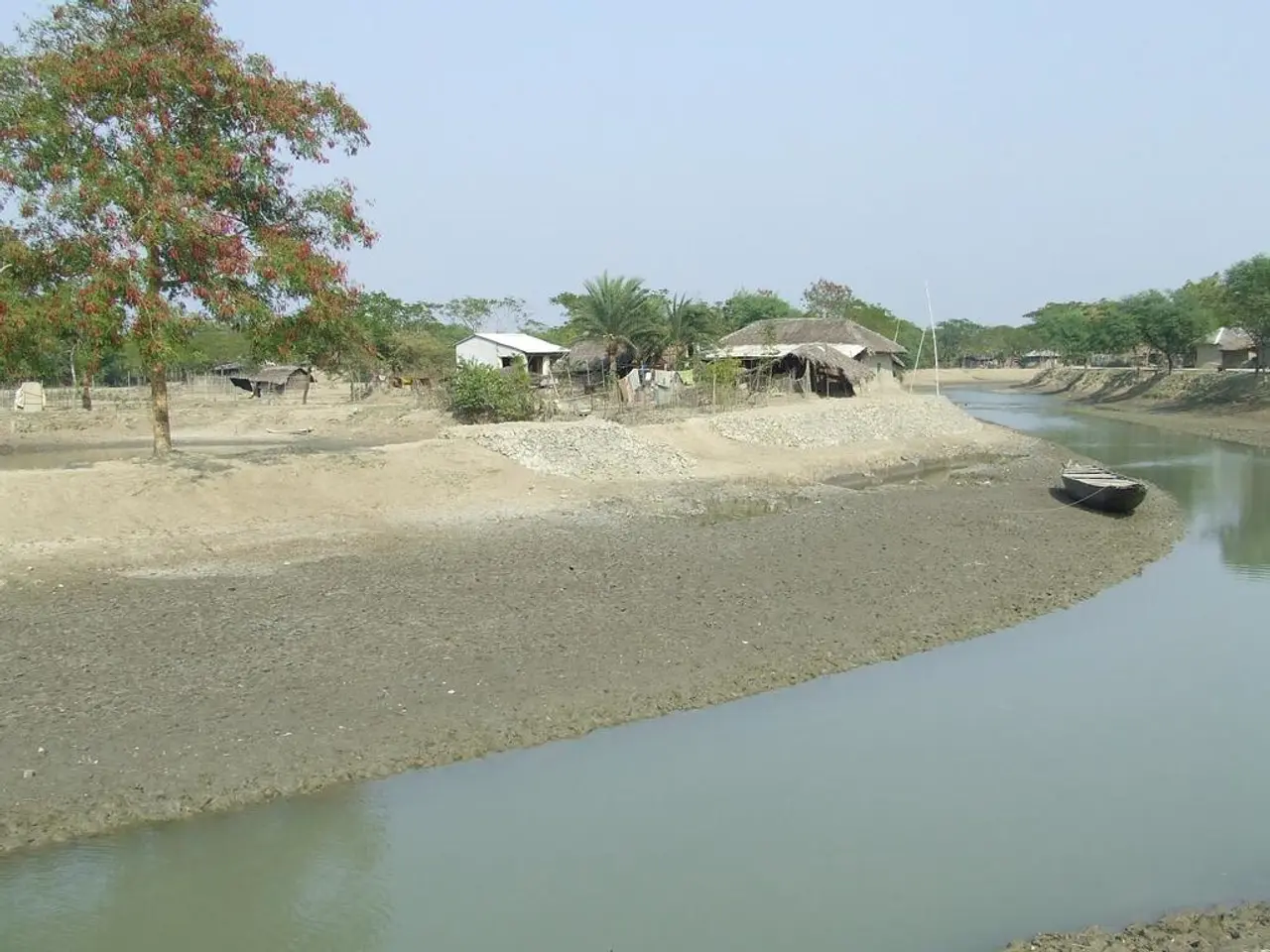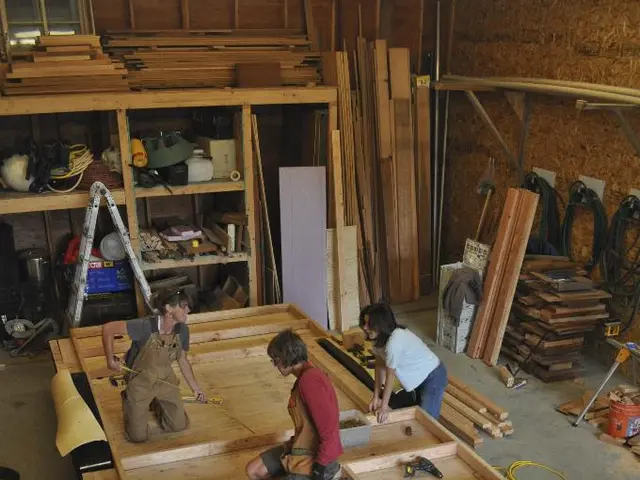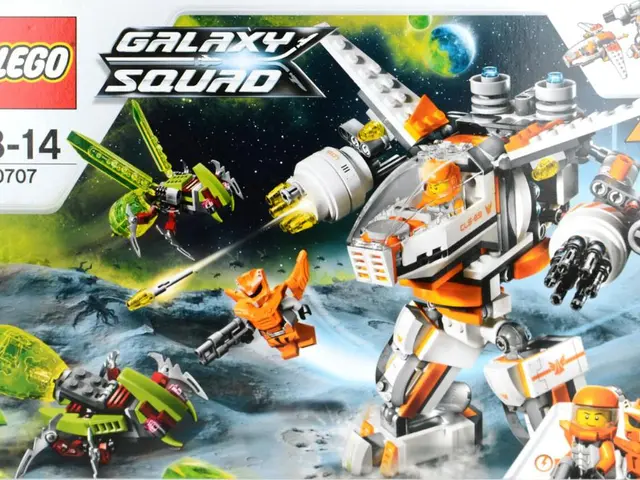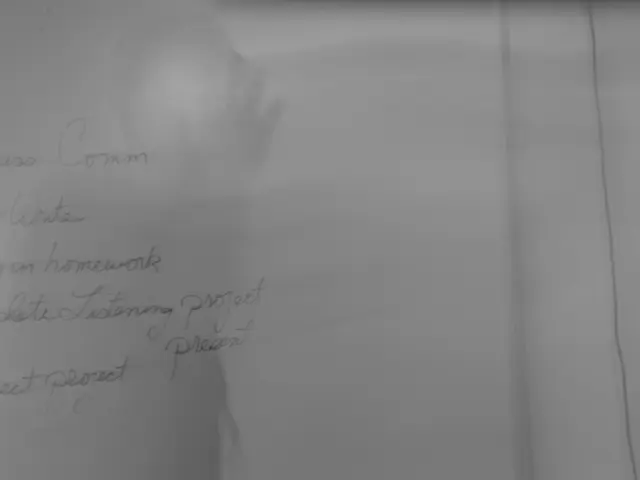Māori Viewpoint on Estuaries
In the heart of New Zealand, a profound concept of responsibility towards the environment and resources known as Kaitiakitanga plays a significant role in the lives of the indigenous people, the Māori. This term, which can be simply explained as guardianship and stewardship, is deeply rooted in cultural values and spirituality [1].
From a Māori perspective, Kaitiakitanga is more than just environmental management. It is a holistic practice that intertwines identity, spirituality, and cultural heritage. It embodies the spirit of being a kaitiaki (guardian), one who actively protects and cares for the natural world, ensuring its wellbeing and sustainability for future generations [1].
This concept of Kaitiakitanga is reflected in the Māori's relationship with the environment, where humans are seen as part of, rather than separate from, nature. This relationship is grounded in the principle of Rangatiratanga, or authority, and reflects the deep connection between people, their ancestors, and the natural world. This connection is key in Māori thinking and living, where the responsibility to maintain balance and respect for Taonga (treasures), including water bodies, forests, species, and land, is paramount [3].
In the context of early New Zealand settlement, Kaitiakitanga would have been expressed through the sustainable use and protection of vital ecosystems, such as estuaries. These areas, functioning as significant food sources, transportation routes, and culturally important habitats, were integrated into the Māori's knowledge of estuarine ecology, seasonal cycles, and spiritual values. This stewardship ensured the health and productivity of these areas, ensuring that resources were not depleted and remained available for future generations [1].
Today, the significance of Kaitiakitanga continues to shape Māori thinking and living, influencing how they engage with ecosystems such as estuaries. This framework combines traditional knowledge with sustainable management, reflecting the Māori's deep connection to and responsibility for the natural world.
For those interested in learning more about Kaitiakitanga and its role in Māori culture, resources such as the article "Estuaries - a context for learning" and the glossary of Maori words associated with the intertidal zone are available. These resources offer insights into the biological and ecological functions, cultural and economic aspects, geological and geographical features, and human impacts on estuaries, providing a comprehensive understanding of this important concept.
References:
[1] Referencing Hub media. (n.d.). Embracing Kaitiakitanga: Guardianship and Stewardship in Māori Culture. Retrieved from [link to the article]
[3] Te Ara. (n.d.). Mātaitai - shellfish gathering. Retrieved from [link to Te Ara's "Mātaitai - shellfish gathering"]
In the realm of education and self-development, resources such as the article "Estuaries - a context for learning" and the glossary of Māori words associated with the intertidal zone offer insights into the holistic practice of Kaitiakitanga, a concept deeply rooted in Māori culture that encompasses guardianship and stewardship over home-and-garden, including estuaries, forests, water bodies, and land. This lifestyle, mirroring the Māori's deep connection to the natural world, emphasizes the importance of balance, sustainability, and respect for Taonga (treasures) for future generations.




